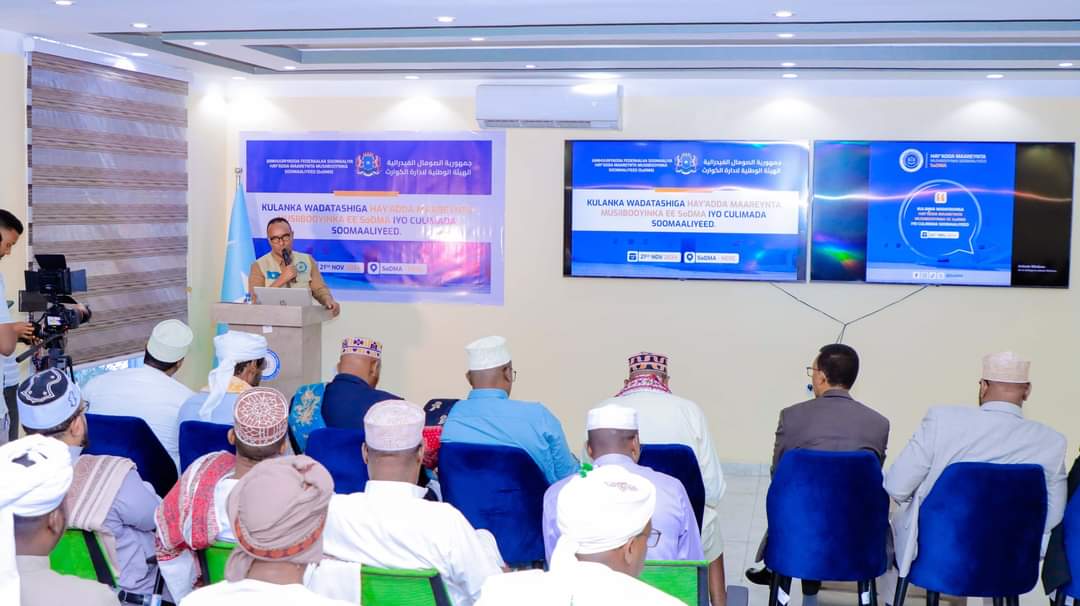If the anticipated outcomes of the Liberty Corridor, as announced last month by High Power Exploration (HPX), Guma Africa Group and the Government of Liberia, comes into fruition, it would be an investment project like none other that Liberia has seen in recent times.
The Liberty Corridor is not just about moving iron ore from Guinea through Liberia, but is about opening up the West Africa sub-region, in particular the Mano River Union to global markets in a way that has long been envisioned. It is no wonder that one of the immediate supporters of the project after its announcement was the Mano River Union Secretariat, representing Liberia, Guinea, Ivory Coast and Sierra Leone with a combined population of 52 million. The sub-region, in particular Guinea, is said to have some of the world’s best and highest graded iron ore deposits, not to mention numerous other minerals.
The Daily Observer has learned that many companies in Liberia in the areas of logistics, transportation, engineering, construction, occupational health and safety, and much more are already clamoring and gearing up to provide services to the Liberty Corridor project, and are very aggressively marketing their capabilities given the sheer potential for service provision contracts in a project of this magnitude. One engineering company that spoke on condition of anonymity said, “we are watching things very closely, and are anxiously awaiting procurement opportunities for this project, which will truly help expand this economy and create employment.”
The estimated three to five billion dollars Liberty Corridor, according to the February announcement and persons familiar with active ongoing negotiations, is to operate a newly constructed modern rail infrastructure in the existing Nimba to Buchanan rail access way with a branch off towards a newly constructed port in Didia, a town about fifty miles east from Buchanan Port, where the new deep water port is to be constructed.
A key difference between the existing rail built by LAMCO over 50 years ago, and which is operated exclusively by ArcelorMittal is that the newly constructed rail line will reach further up into Guinea where HPX operates its Nimba iron ore mine; thereby increasing opportunities for direct trade with Guinea, given that the project intends to operate a fully integrated multi-user rail system. The new system is to include passenger trains, cargo freight service such as shipping containers, refrigerated containers for agriculture products, heavy equipment and is intended to serve multiple industries.
The intent is to open up the economy and create direct jobs, and multiple downstream contractual opportunities for Liberian and even regional businesses, since other users will have access to use the system under independent third party rail and port operators. The intent is to build a system that will be more useful for the entire country and not limit it to moving just iron ore for just a single company.
In addition to the new rail line and new port; the project encompasses electricity connectivity; telecom expansion through the installation of fiber optic cables; and of course building all weather access roads that support the new port and rail infrastructure.
The transformational nature of such a project is in line with current United States Government $15 billion investment commitments for Africa as announced by the White House after the US-Africa Leaders’ Summit held in 2022 and also in line with other Development Finance Institutions including the Africa Export-Import Bank (AfriEXIM), and the African Development Bank which is already investing in regional corridor expansions that promote cross-border trading.
Liberians from all walks of life are eagerly looking forward to this project and it will be a major economic development win for the newly elected President if he can pull this off. One note of caution in setting expectations is that projects of this scale require multiple feasibility studies, which include environmental and social impact assessments that must first be conducted, and that will likely take at least a year to complete. So although the opportunities from such a project are eventually good for the economy through job creation and contracts to private companies providing services, it will take some time before full commencement of construction.
There are also reports that the National Legislature will have to ratify agreements allowing HPX and Guma exclusive rights to finance and develop the project and that also will take some time to make its way through the Legislative process. Observers note that the ability of the President to use his own influence to convince the Legislature of the economic necessity of the project, and the interest from the public and business community for such an investment is very likely to impact individual members of the House and Senate as to the speed by which the National Legislature will proceed in its ratification of the investment concession agreements. Nevertheless, multiple Legislators have already indicated publicly to act in the best interest of the Country when matters such as Concession Agreements come before them.
The project, according to sources, has been put on the fast track and the announcement last month indicated that this project is being viewed by the Boakai Administration as part of its initial 100 days deliverables. Both HPX and Guma Africa Group and their affiliated companies are very well known players on the African continent in executing large scale projects, and it remains to be seen how well they will navigate the Liberian political environment towards getting their deal concluded in the quickest possible time.









